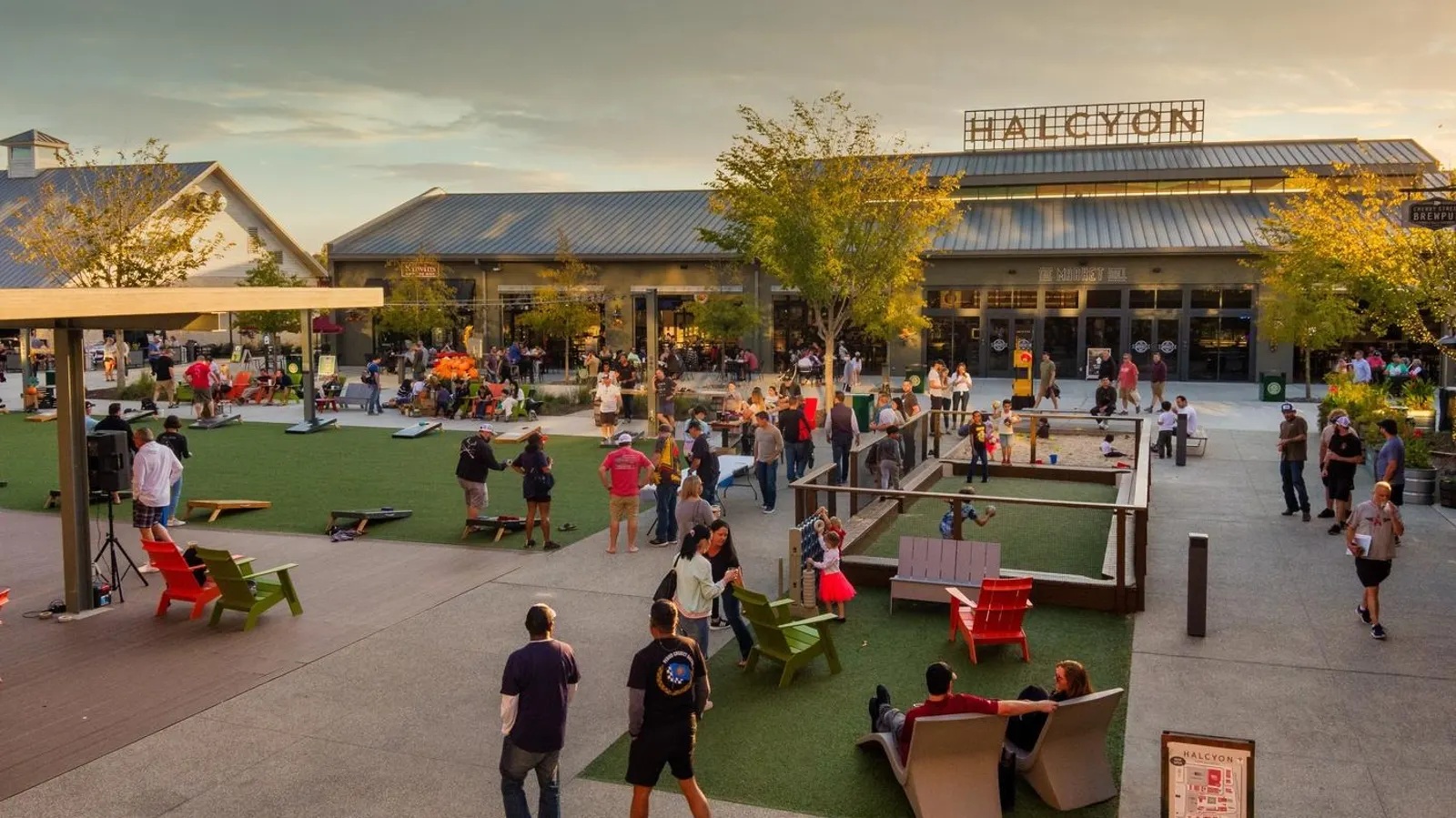Copyright forbes

In a world where every square foot matters, the retail component of a mixed-use development is much more than a revenue stream—it's the gateway to the entire experience. It’s often the first thing visitors see, feel, and remember. When thoughtfully curated, retail invites people to linger, connect, and return, creating a vibrant, self-sustaining community. Without that alignment, even the most impressive anchors—a luxury hotel, a Class A office tower, or a sports complex—can feel disconnected from their surroundings. Today’s retail property managers aren’t just maintaining spaces; they’re shaping experiences. They play a critical role in ensuring the retail mix reflects the development’s broader vision and enhances the needs of the community it serves. Retail: gateway to a development’s soul While retail may not command the largest footprint in a mixed-use development, its importance can't be overstated. It's the front door to the property—often the first touchpoint that sets the tone for how visitors, residents, and employees perceive the entire destination. At Halcyon—a development in Alpharetta, Georgia brought to life by Atlanta-based RocaPoint Partners—the retail experience is intentionally woven into a larger ecosystem. Halcyon includes 150K square feet of office space, an Embassy Suites hotel, the Village Green used for community events, live music, cornhole and bocce ball leagues, a luxury dine-in movie theater, and The Forum gym. Here, the retail mix supports a built-in daytime audience and invites families and the community into casual, approachable spaces like centrally located dog-friendly patios, locally owned restaurants and retailers, and a trailhead that connects Halcyon to a 16-mile greenway through Forsyth County. Tenants also have access to an on-site Trader Joe’s, filling a community need for a convenient, specialty grocer. Meanwhile, The Plaza Coral Gables in Coral Gables, Fla., reflects a distinctly different approach by developer Agave Holdings. As a LEED-certified, luxury-focused destination, The Plaza carefully selects its retail to match the expectations of an affluent, sophisticated audience. From premier fitness studios like Solidcore and Rumble to upscale dining and boutique wellness brands, the offerings align with the elevated residential, office, and Loews hotel experiences that define the site. MORE FOR YOU Public spaces, art installations by renowned artists, and an open plaza facing Ponce de Leon Boulevard integrate culture, design, and lifestyle into the fabric of the community. The result revitalizes Coral Gables' business district while preserving the beauty, balance, and quality of life for residents and visitors alike. Likewise, Halcyon peppers large-scale, interactive murals around the property, utilizing local artists to create designs that are authentic to the community. In both examples, success hinges on matching the right retail tenants to the character and intent of the development, ensuring that retail complements the anchors and enhances the broader destination experience. The art and science of retail matchmaking Successful retail curation in a mixed-use environment starts with understanding the core purpose of the development: Who is the primary audience? Residents? Employees? Families visiting for live, local music? What needs and desires do they bring with them? What gaps in the local market can the development fill? At Halcyon, the retail offerings create approachable, family-friendly experiences that activate the campus throughout the day and into the evening. In contrast, The Plaza Coral Gables focuses on elevating daily life for luxury residents, office tenants, and visitors, offering refined dining, wellness boutiques, and cultural programming that reinforce its sophisticated identity. Property owners need to think holistically, selecting retail tenants that not only align with anchor uses but also strengthen the development’s connection to its broader community. Operational excellence behind the scenes Curating the right retail mix is only part of the equation. Thoughtful operational execution is essential to bringing a development’s vision to life. Traffic flow, parking accessibility, delivery logistics, and waste management are all crucial to shaping a seamless visitor experience. Poor planning can detract from even the most well-curated environment. For example, many grocery-anchored sites struggle with congested parking lots that undermine customer satisfaction. Effective property management anticipates these challenges, ensuring that both front-of-house and back-of-house functions enhance rather than disrupt the destination experience. At Halcyon, every function of the property is implemented with the customer experience in mind, creating a nature-centered gathering place for the community. Similarly, at The Plaza Coral Gables, careful attention to parking, traffic flow, and activation of public spaces ensures that the high-end experience extends to every interaction. The future of mixed-use retail: flexibility and activation As construction costs rise and market conditions shift, property managers are finding creative ways to fill gaps and keep developments dynamic. Specialty licensing, pop-up concepts, and flexible leasing strategies are increasingly used to unlock new revenue opportunities and maintain a vibrant tenant mix. Moreover, successful property managers recognize that activation is essential. It’s not enough to simply lease spaces; today’s developments must feel alive. Programming such as outdoor fitness classes, food truck festivals, live music events, and seasonal pop-ups can transform retail plazas into true community hubs. At both The Plaza Coral Gables and Halcyon, ongoing activation strategies help sustain high occupancy rates, attract daily visitors, and foster long-term tenant success—demonstrating how operational excellence and curated experiences go hand-in-hand. Curating communities, not just properties As mixed-use developments continue to evolve and shape the future of our communities, retail property managers have emerged as key architects of experience. Their ability to curate tenants, anticipate operational needs, and foster meaningful activation is what transforms a collection of buildings into a thriving destination. Ultimately, thoughtfully curating the retail component isn’t just about filling storefronts; it’s about creating communities where people want to live, work, and connect. For today’s mixed-use developments, that’s the foundation for long-term success. Editorial StandardsReprints & Permissions



